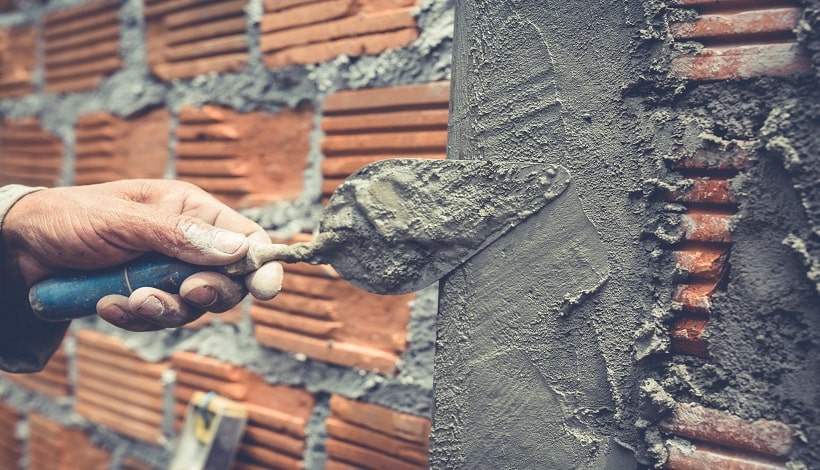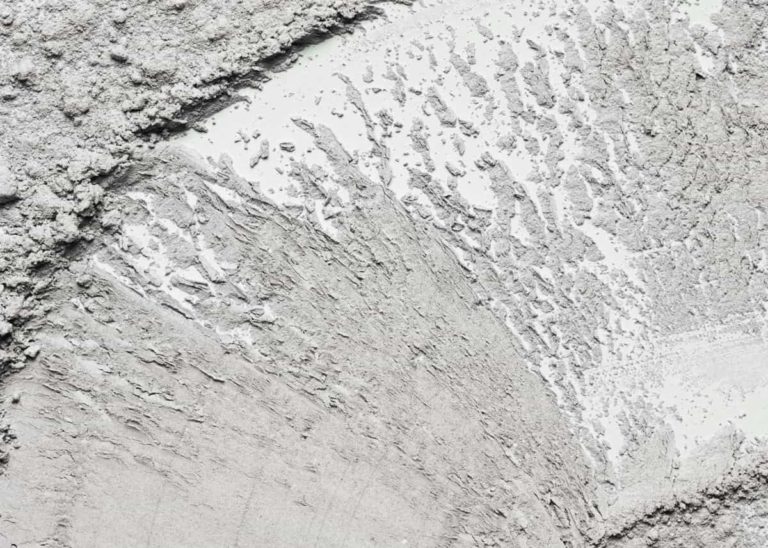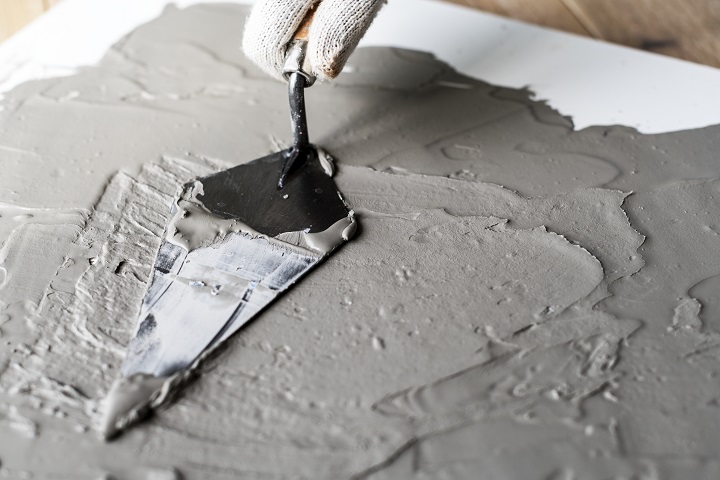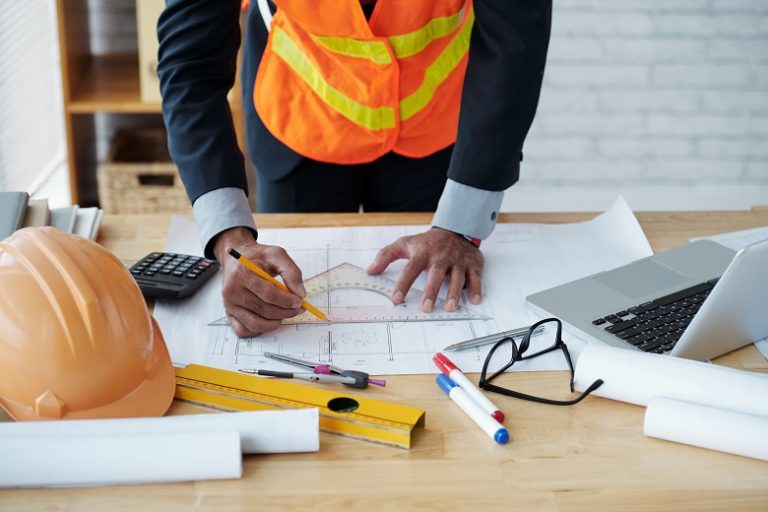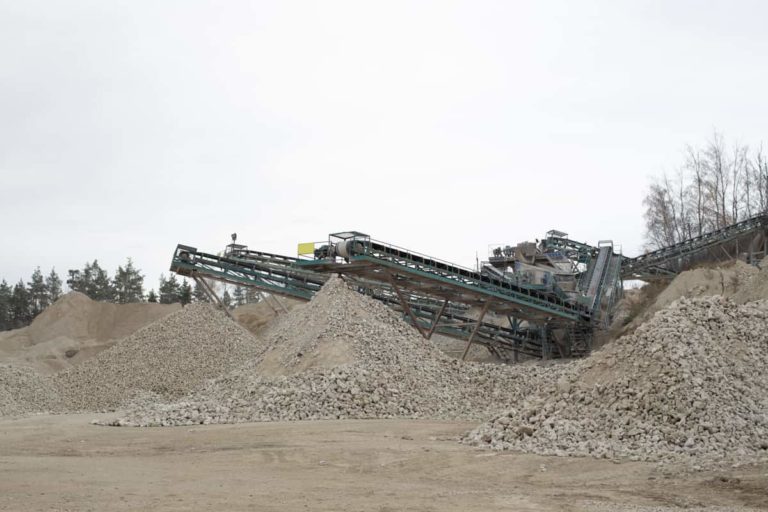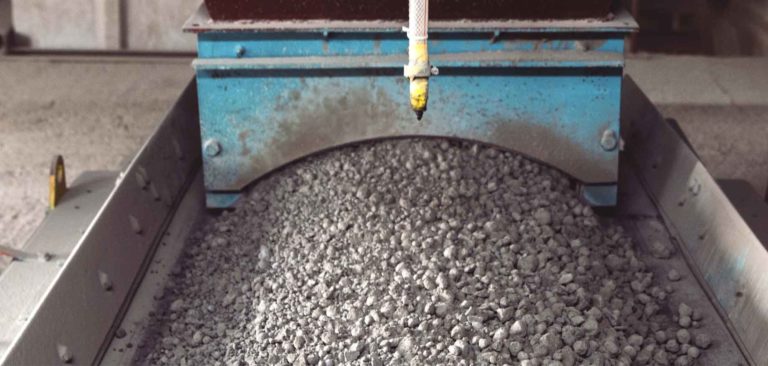Importance of Choosing the Right Cement in Bangladesh
Cement is an essential building material. Almost all modern structures require cement in every stage of the construction project. So, customers must be cautious of what kind of cement they purchase for their houses.
Building a house is a time-consuming and exhausting process. Usually, it takes years of financial planning and a proper strategy to implement such a project. After finalizing everything, property owners can observe their dream house taking its shape day by day. Before embarking on such a journey, a blend of numerous building materials is considered. The versatility and durability of cement have gained homeowners’ confidence to go with it. There is no denying that the strength of cement provides the prowess property owners desire. It is a material that gains strength over time. Good quality cement in Bangladesh can resist harsh weather, erosion, and even natural disasters. Choosing the right cement will ease your mind as it would require little to no maintenance, therefore adding up to a substantial investment. People want their houses to last forever. Even though nothing is built to last forever, realizing the importance of choosing the right cement will take you one step further.
How is Cement Manufactured?
Cement manufacturing is a sophisticated process that incorporates thousands of variables. It is vital to maintain integrity in the manufacturing process to ensure cement quality is maintained. It is important for you to how cement is manufactured to get a good grasp of the sophisticated steps that go into it. Different categories of cement are manufactured with varying ratios of raw materials. These variations bring forward a diverse set of properties for each category of cement.
- Extracting Raw Materials: The first step involves removing the raw materials from the earth using heavy machinery. Generally, raw materials like limestone and clay are extracted from quarries by blasting and ripping.
- Crushing and Transportation: Wheel loaders and dumper trucks carry the extracted raw materials to crushing zones where the rocks are crushed to necessary segments for further processing.
- Preparation of Raw Materials: The crushed raw materials are transported to storage facilities, where it remains until further processing. Conveyor belts, cableways, etc., are used in this case. The desired raw mix of crushed materials and additional components required for different categories of cement is prepared using metering devices. Roller grinding mills and ball mills grind the whole mixture to a fine powder.
- Burning: The raw materials are burned at approximately 1450 degrees Celsius in preheated kilns. This process, also known as sintering, creates a new clinker material.
- Clinker Grinding: The clinker is cooled down and stored in clinker silos after burning. Ball mills or roller presses ground this clinker into an excellent powder-like substance. Some additives like gypsum and anhydrite are used depending on the cement category.
- Shipping: The finished product is then transferred to other storage facilities. Different strengths and categories of cement are grouped in separate silos. From there, cement is packaged and distributed all over.
- Quality Assurance: The whole manufacturing process is strictly monitored by hi-tech computers and sensors. Experts analyze cement samples in different phases to identify impurity or bad quality products. Good quality control measures are essential in any cement manufacturing plant.
Source: PCA
What is the Importance of Choosing the Right Cement in Bangladesh?
Choosing the right cement in Bangladesh is of utmost importance as it can guarantee the endurance of a construction project. Good quality cement will resist environmental degradation and save costs on future maintenance. The quality of cement determines the lifespan and integrity of your building. So, choosing the appropriate cement for your specific construction requirement is a very crucial step in ensuring the quality of your dream house.
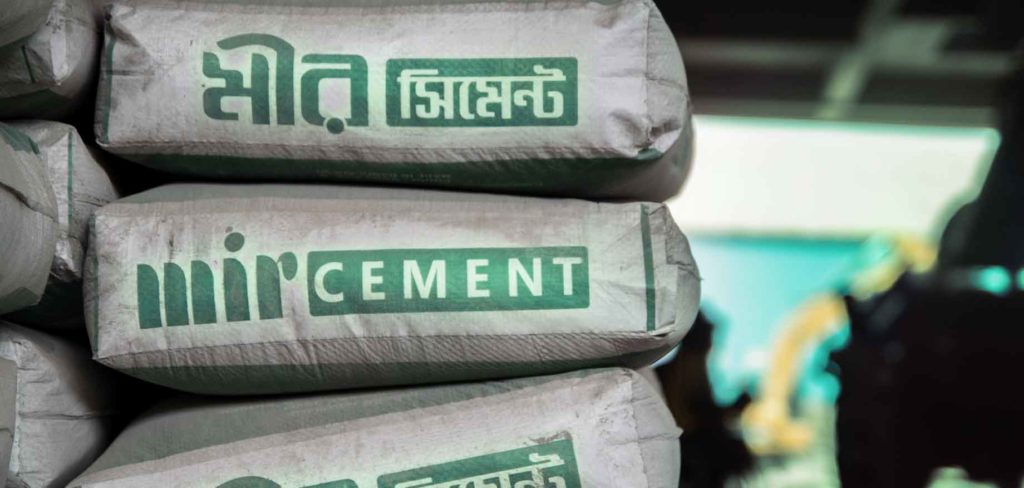
Another essential thing to note is that various kinds of cement are available. These types of cement differ in properties and should only be used in the construction they are designed for. Otherwise, the condition of the structure will be compromised.
The importance of choosing the right cement can be adequately understood if an individual analyzes different properties of cement. Other categories are specifically designed for specific situations, apart from the standard OPC and PCC.
Rapid Hardening Cement: This cement is only usable in cases where fast-paced construction is required. This cement performs very well in quick repairing cases. So, you should be purchasing this cement only when quick repair work is your priority.
Hydrophobic Portland Cement: This type of cement can repel water. Hence, this cement is useful in regions that witness higher rainfall than usual. It is also valuable for constructing tanks, reservoirs, dams, piers, bridges, and swimming pools. This type of cement is advantageous in Bangladesh. Nowadays, many modern buildings have swimming pools on rooftops. For constructing swimming pools, Hydrophobic Portland Cement is an excellent choice.
Super Sulphate Cement: This cement expands underwater and shrinks while being cured in the air. It is helpful in situations where structures are exposed to chemical attacks. It does not get easily damaged due to such chemicals.
White Cement: White cement is decorative cement. It cannot be used in construction work as its strength is minimal and cannot support its weight. So, it is only used to fill gaps in floor and wall tiles, ceramic bathroom fixtures, and wall decorations. Another benefit is that the cement can be painted with other colors very easily. However, it would not help if you were using this cement to support any structure because it will crumble easily.
It is apparent that different types of cement come with unique properties. Hence, it is of paramount importance to choose the right cement. Furthermore, the Ordinary Portland Cement has various grades that provide different strengths after setting. Only the 53 grade is suitable for RCC works and construction requiring high-density cement. So, using a 33 grade or 43 grade in foundation works can lead to a severe reduction in the structural integrity of the building. Furthermore, it is also important to decide whether to use OPC or PCC/PPC in construction.
OPC offers various advantages over other cement. Some critical factors in deciding whether to select OPC as your primary construction cement are:
- OPC offers higher resistance to shrinkage and is less prone to cracking in the future.
- It offers a faster setting time. Hence, it is more productive.
- Curing duration is very short in OPC, and it can save a lot of money.
- OPC has less durability than PPC/PCC, as it is less fine and has higher permeability.
- OPC is more difficult to pump due to its less cohesive strength.
- OPC is costlier than PCC/PPC.
For building construction, it is always advisable to use different categories of cement in different parts of the building. The importance of choosing the right cement becomes apparent after some years of completing a construction project. Selecting the right cement will ensure the building remains rigid and requires little to no maintenance.
Which Cement Types to Use in Building Construction?
The area of application determines what type of cement to use. A list of the common application area and cement categories will help you to make your decision:
|
Application Area |
Cement Type |
| All RCC Structures | OPC Grade 43OPC Grade 53 |
| Masonry, Plastering, and Tiling | PCC/PPC |
| Decorative Portions | White Cement |
| Foundation for Poor Soil Quality | Sulfate Resistant Cement |
Source: Viya Constructions
Stay Cautious While Construction is Going On
After selecting and purchasing appropriate cement for your dream home, it is time for the construction work to begin. It would be best to stay very cautious during this time as it is common among construction professionals to use lower-grade cement and mix it with other cement types to reduce the cost of construction. This action is highly harmful to the longevity and durability of your house. Hence, you should ensure your contractor is using the genuine and high-quality cement you purchased for your building. After all, a sound investment will serve you a lifetime.
Importance of Choosing the Right Cement in Bangladesh
Bangladesh primarily mass produces CEM I and CEM II. They refer to OPC and PCC. There are many cement suppliers in Bangladesh. A good supplier will make sure the quality of cement remains homogeneous. Sometimes the price of cement can influence your decision-making. Purchasing cheap cement might save you some money in the short run, but you will risk paying a high price in the long run. Before making your purchase decision, you should consult with experts and purchase from reputed companies. Choosing the right cement can have a lasting impact on your dream house.
Another essential thing to note is that cement has a limited shelf life. It should be used within three months of manufacturing. Sometimes local suppliers store cement bags for a long period which can gradually reduce the strength and quality of the cement. So, you should be cautious before purchasing and make sure to check the manufacturing date and the quality of cement before purchasing.
When cement is stored in storage or godown for a long time, it absorbs moisture from the air. As Bangladesh’s weather has a lot of humidity in the air, cement can go bad even before three months. You can check the quality of your cement by yourself by opening up a bag and checking for lumps. Lumps are formed when the packed cement bags come in contact with the moisture. You should avoid purchasing such a cement category as its strength is significantly reduced than good quality ones.
Summary
Building a home is a lifetime investment for us. You can upgrade some aspects of your house later on, but some cannot ever be changed. Choosing cement is one of them. Once you purchase your preferred cement for your aspired home, it is finalized for good. So, understanding the importance of choosing the right cement is a vital task for all property owners.
Mir Cement manufactures OPC and PCC. The company follows rigid rules and regulations in maintaining a supreme standard of te cement it produces to ensure maximum quality.
Frequently Asked Questions (FAQs)
What is the difference between cement and concrete?
Ans: Even though sometimes these terms are used interchangeably, they are different. Cement is an ingredient of concrete. Gravel, sand, and water is mixed with cement to make concrete.
What are different strength classes of cement?
Ans: The different grades of cement indicate different strength. The number shows how many megapascals of strength it achieves after 28 days of setting.
How do I know which type of cement to choose?
Ans: You should consult with an expert cement producer in Bangladesh to identify your requirements depending on your project.
How long can I store cement?
Ans: It is advisable to use from three months of manufacturing date. Otherwise, the strength of cement will keep degrading with the passage of time.
What will happen if I use lower grade cement in RCC works?
Ans: The integrity of the building will be compromised and cracks might appear after a few years.

